#restaurant menu
Text

#funny#humor#memes#chicken#jerk chicken#food#menu#restaurant menu#translation#mistranslation#rude#unreasonable
37 notes
·
View notes
Text
Perfectheart's Divine Tapestry's Menu


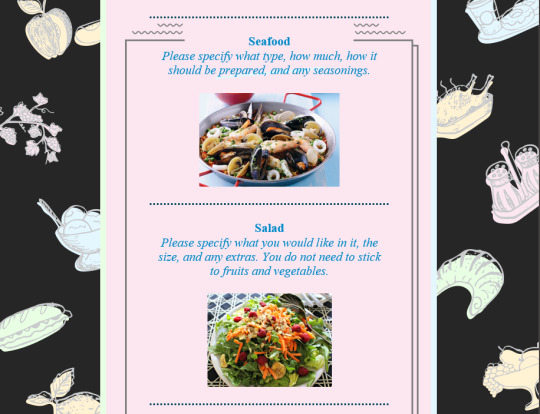
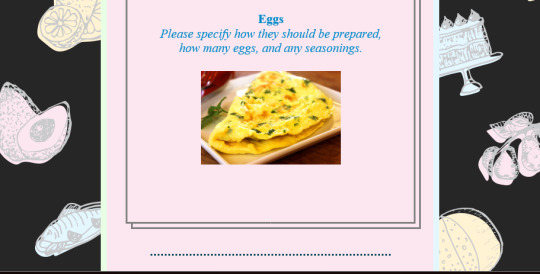





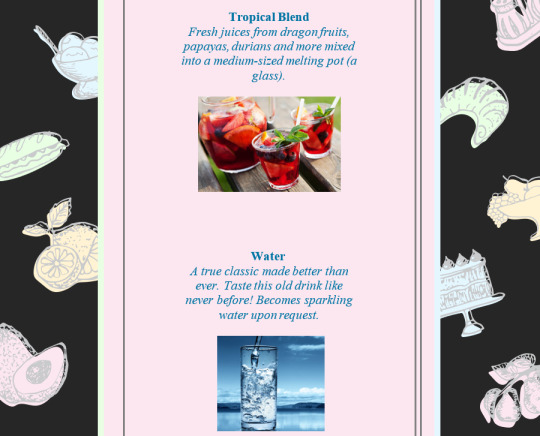
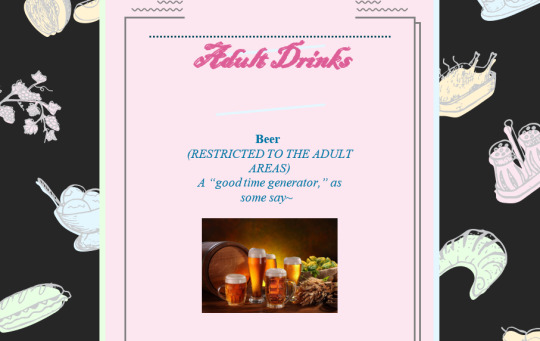


4 notes
·
View notes
Photo

Good Morning!
14 notes
·
View notes
Text

10 notes
·
View notes
Text

2 notes
·
View notes
Text

SS Associates: Premier restaurant consultants in India, offering tailored solutions to enhance your dining establishment's success. From concept development to menu optimization, we specialize in elevating your restaurant's performance. Contact us for expert guidance in operations, marketing, and culinary excellence.
#restaurant consultants#restaurant menu planning#restaurant#restaurant consulting services#ssa hospitality#restaurant consultants in gujarat#restaurant consultants in india#restaurant consultant india#hotel restaurant consultancy services#restaurant and hospitality consultant#restaurant menu#ss associates
0 notes
Text
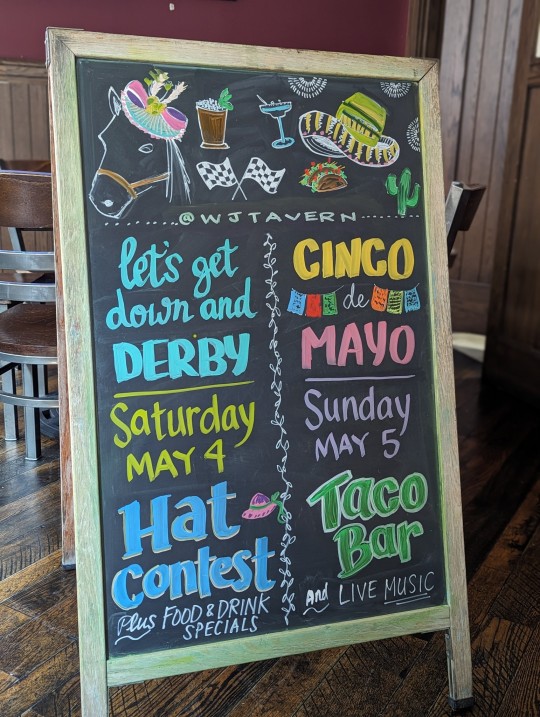
20240426
#chalkboard#hand lettering#restaurant sign#chalk paint markers#chalkboard art#lettering#restaurant menu#signage#chalkboard paint#practice makes progress#kentucky derby#cinco de mayo#horse with a hat#tacos
0 notes
Text

Get your restaurant menu right
My friends visited Japan a few years back and we spent a week exploring Tokyo. Overall the time was full of positive and memorable experiences. However I remember the horror we faced when I took them to a Yakiniku restaurant and we looked at the English menu. It sounded like the inventory list for a horror movie; chicken gizzards, sandy liver, entrails. It was thoughtful of the restaurant manager to try to provide an English menu for their international guests, but they missed some of the poetry needed for an English menu.
While there are no scary sounding menu items, this is a good example of how a typical Japanese menu looks, the dishes or ingredients are listed rather neatly. An English menu needs some descriptive words to help sell the items or entice their customers.
Duck with demi-glace and shiitake mushrooms would probably be written as 'Free range grain fed duck served with Fuji Mountain picked Shiitake mushrooms and drizzled with our chef's own demi-glace finished with Yamanashi port.'
Spaghetti bolognese -> Hand cut fresh spahettini in a wagyu bolognese topped with farm fresh basil leaves and shaved Pecorino.
Looking at this menu, you can see the menu features explanations everywhere, 'flame-torched ocean-wise steelhead', 'crispy tempura'. You can better reach your international guests with this same attention to selling the dishes. We can help with this!
Incidentally, for the Yakiniku restaurant, we could call the 'entrails' - 'Offal'. The gizzards and sandy liver (Japanese Sunagimo is gizzard) could be gigerium or ventriculus. Not familiar words, but they don't bring out the image of Nightmare on Elm Street when I read them.
0 notes
Text
Unveiling the Gastronomic Universe: Harnessing the Power of Restaurant Menu and Location Data Scraping

In the digital age, data is the new currency, and in the culinary world, restaurant menus and locations are treasure troves of information waiting to be explored. With the rise of food delivery apps, online reviews, and culinary tourism, the demand for comprehensive restaurant data has never been higher. Fortunately, the solution lies in the art of web scraping – a technique that allows us to extract valuable data from websites efficiently. In this blog post, we delve into the world of restaurant menu and location data scraping, exploring its benefits, challenges, and applications.
Understanding Restaurant Data Scraping
Restaurant data scraping involves extracting structured data from restaurant websites, including menus, locations, contact information, and more. This process typically utilizes web scraping tools and techniques to navigate through web pages, locate relevant data, and extract it in a usable format.
Unveiling the Menu: Extracting Culinary Delights
One of the primary objectives of restaurant data scraping is to extract menu information. Menus are not just lists of dishes; they represent a culinary narrative, showcasing a restaurant's identity, specialties, and culinary creativity. By scraping menu data from restaurant websites, businesses can gain insights into popular dishes, pricing strategies, ingredient trends, and menu innovations.
Pinpointing Locations: Mapping Culinary Landscapes
Location data scraping focuses on extracting information about a restaurant's physical location, including addresses, contact details, opening hours, and geographical coordinates. This data is invaluable for mapping culinary landscapes, identifying food trends across different neighborhoods, and optimizing delivery routes for food delivery services.
The Benefits of Restaurant Data Scraping
Market Research: By analyzing menu data from various restaurants, businesses can identify emerging culinary trends, consumer preferences, and competitive landscapes. This information is invaluable for market research and strategic decision-making.
Personalized Recommendations: Restaurant data scraping enables personalized recommendations for users based on their culinary preferences, dietary restrictions, and location. This enhances the user experience and increases customer satisfaction.
Operational Efficiency: For food delivery services and restaurant aggregators, location data scraping streamlines operations by providing accurate information about restaurant locations, opening hours, and delivery zones. This optimizes delivery logistics and enhances service reliability.
Competitive Intelligence: By monitoring competitor menus and pricing strategies, businesses can gain valuable insights into market dynamics, identify gaps in their offerings, and refine their marketing strategies to stay ahead of the competition.
Challenges and Considerations
While restaurant data scraping offers numerous benefits, it also presents several challenges and considerations:
Website Structure: Restaurant websites vary in structure and design, making it challenging to develop universal scraping algorithms. Customized scraping scripts may be required for each website, increasing development time and complexity.
Data Accuracy: Ensuring the accuracy and reliability of scraped data is crucial, as inaccuracies can lead to misleading insights and operational inefficiencies. Regular data validation and verification processes are essential to maintain data quality.
Ethical and Legal Considerations: Scraping data from websites without permission may raise ethical and legal concerns, particularly regarding copyright infringement and data privacy. Businesses must ensure compliance with relevant regulations and obtain consent where necessary.
Conclusion
In the era of big data, restaurant data scraping emerges as a powerful tool for unlocking valuable insights from the culinary world. By harnessing the power of menu and location data scraping, businesses can gain a competitive edge, enhance customer experiences, and navigate the ever-evolving landscape of the food industry. However, it is essential to approach data scraping ethically, respecting website terms of service and privacy policies, to ensure a sustainable and responsible data ecosystem. As technology continues to evolve, the possibilities for restaurant data scraping are limitless, promising to revolutionize the way we explore, experience, and appreciate the culinary universe.
0 notes
Text

Bon Appétit
3 notes
·
View notes
Text
Create the Ultimate Dining Experience

View On WordPress
#B&W#culinary arts#leafy greens#menu ideas#menu inspiration#restaurant menu#superfood#tips for chefs#watercress
0 notes
Text

#restaurant consultants#restaurant menu planning#restaurant#restaurant consulting services#ssa hospitality#restaurant consultants in gujarat#restaurant consultants in india#restaurant consultant india#hotel restaurant consultancy services#restaurant and hospitality consultant#restaurant menu
0 notes
Text


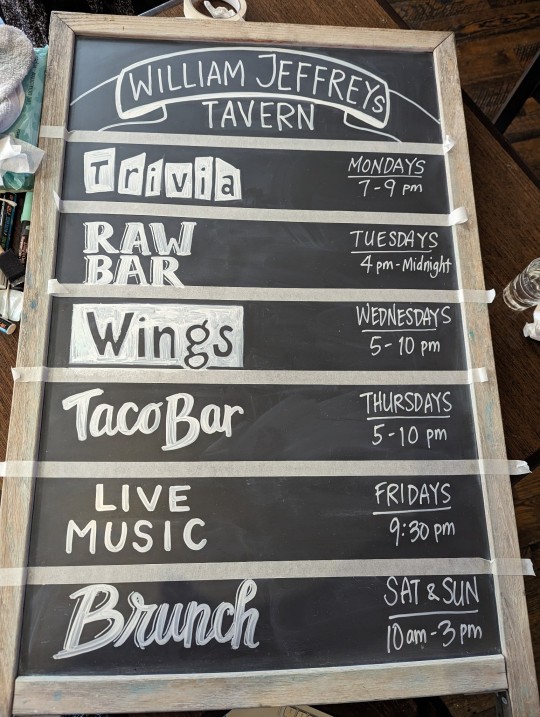
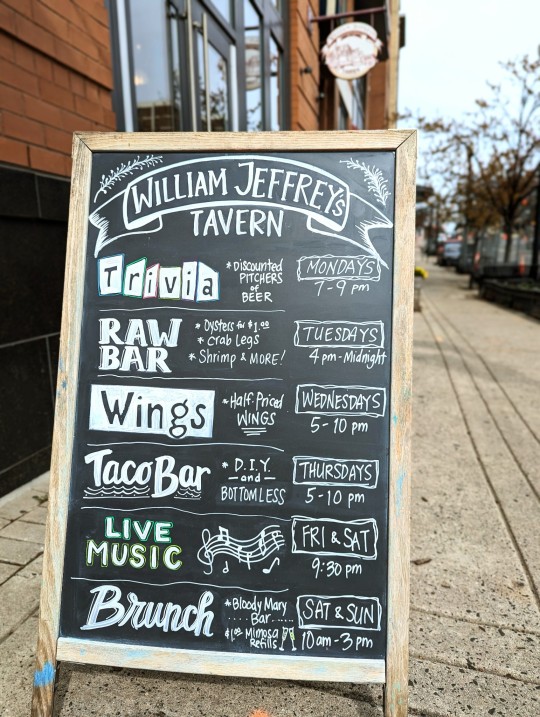
2024.03 wow, 3rd chalkboard this month. weekly specials side of the chalkboard got a makeover. I can tell the areas where I lost some steam and accepted the "mistakes" and left them. "good is good enough" and I know how to look out for those things beforehand, next time. I'm thankful to have an outlet to do this on a regular basis.
#chalk paint markers#chalkboard art#chalkboard#hand lettering#lettering#restaurant sign#restaurant menu#weekly specials#practice makes progress#good is good enough#creative outlet#before and after
0 notes
Text
How to Maximize the Benefits of Restaurant Menu Scraping
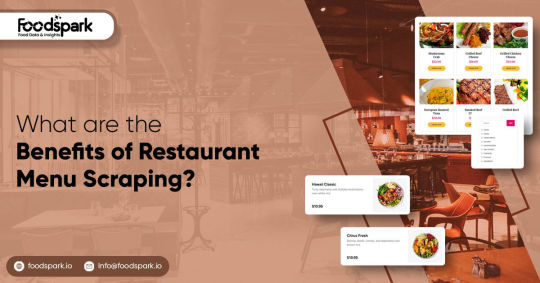
Introduction:
In the ever-evolving landscape of the restaurant industry, staying competitive requires innovative strategies and a deep understanding of market trends. One such tool that has gained prominence is restaurant menu scraping – the process of extracting data from online menus. By leveraging this technique effectively, businesses can unlock a wealth of insights, streamline operations, and enhance the overall dining experience.
I. Understanding Restaurant Menu Scraping:
Restaurant menu scraping involves the automated extraction of data from digital menus available on restaurant websites or third-party platforms. This data can include menu items, prices, descriptions, and more. The primary goal is to convert unstructured information into a structured format that can be analyzed and utilized for various purposes.
II. Enhancing Competitive Intelligence:
One of the primary benefits of restaurant menu scraping is the ability to gather valuable competitive intelligence. By monitoring competitors' menus, pricing strategies, and promotional offers, restaurant owners can make informed decisions to stay ahead in the market. This insight allows for strategic adjustments to menu offerings, pricing, and marketing campaigns to align with customer preferences and market trends.
III. Optimizing Menu Design and Pricing:
Menu scraping provides detailed information on the popularity of specific dishes, customer preferences, and pricing strategies within the industry. Analyzing this data enables restaurant owners to optimize their own menus, highlighting popular items, adjusting prices to remain competitive, and identifying opportunities to introduce new dishes that resonate with customers.
IV. Streamlining Inventory Management:
Efficient inventory management is crucial for minimizing waste and maximizing profits. Restaurant menu scraping aids in tracking ingredient usage, identifying fast-moving items, and anticipating demand fluctuations. This data-driven approach enables businesses to optimize their supply chain, reduce inventory costs, and maintain a more accurate inventory turnover.
V. Personalizing Customer Experiences:
Understanding customer preferences is key to delivering personalized dining experiences. With menu scraping, restaurants can analyze customer choices, dietary preferences, and order histories. This information can be leveraged to create targeted marketing campaigns, loyalty programs, and customized promotions that resonate with individual customers, fostering customer loyalty and repeat business.
VI. Monitoring Market Trends:
The restaurant industry is dynamic, with trends evolving rapidly. Menu scraping allows businesses to monitor market trends in real-time. By staying abreast of changing consumer preferences, emerging food trends, and popular cuisines, restaurants can adapt their menus and marketing strategies to capitalize on the latest trends, ensuring they remain relevant and appealing to their target audience.
VII. Improving Operational Efficiency:
Beyond menu optimization, restaurant menu scraping contributes to overall operational efficiency. By automating the extraction of menu data, staff can focus on more value-added tasks, such as customer service and food preparation. This not only saves time but also reduces the risk of errors associated with manual data entry.
VIII. Legal and Ethical Considerations:
While the benefits of restaurant menu scraping are clear, it's crucial to address legal and ethical considerations. Ensure compliance with copyright laws, terms of service for websites, and data protection regulations. Obtaining explicit permission or using publicly available data is essential to avoid legal complications.
Conclusion:
In the digital age, harnessing the power of data is paramount for success in the restaurant industry. Restaurant menu scraping is a valuable tool that can revolutionize how businesses operate, from enhancing competitive intelligence to optimizing menus and improving customer experiences. By adopting ethical practices and leveraging data responsibly, restaurant owners can unlock the full potential of menu scraping and pave the way for sustained growth in an ever-evolving market.
#web scraping services#food data scraping services#food data scraping#restaurant data scraping#Restaurant Menu Scraping#grocerydatascraping#restaurantdataextraction#grocerydatascrapingapi#fooddatascrapingservices#Restaurant Menu#food menus#restaurant menu extraction
0 notes